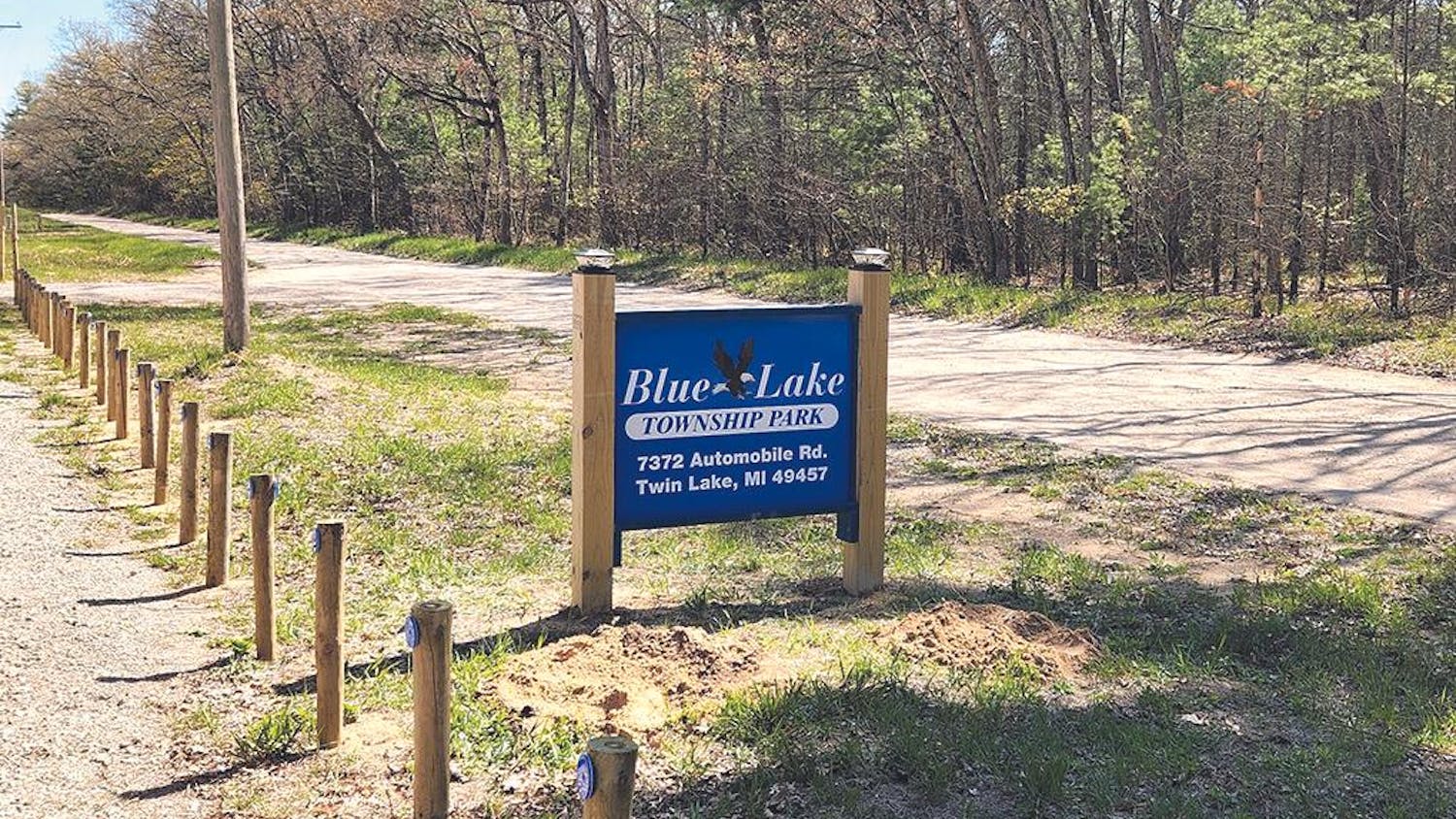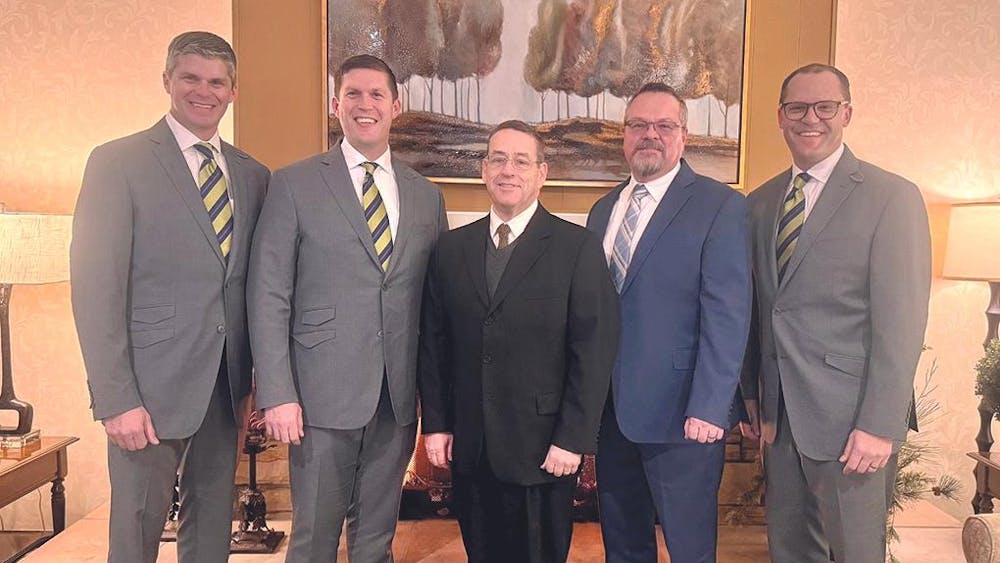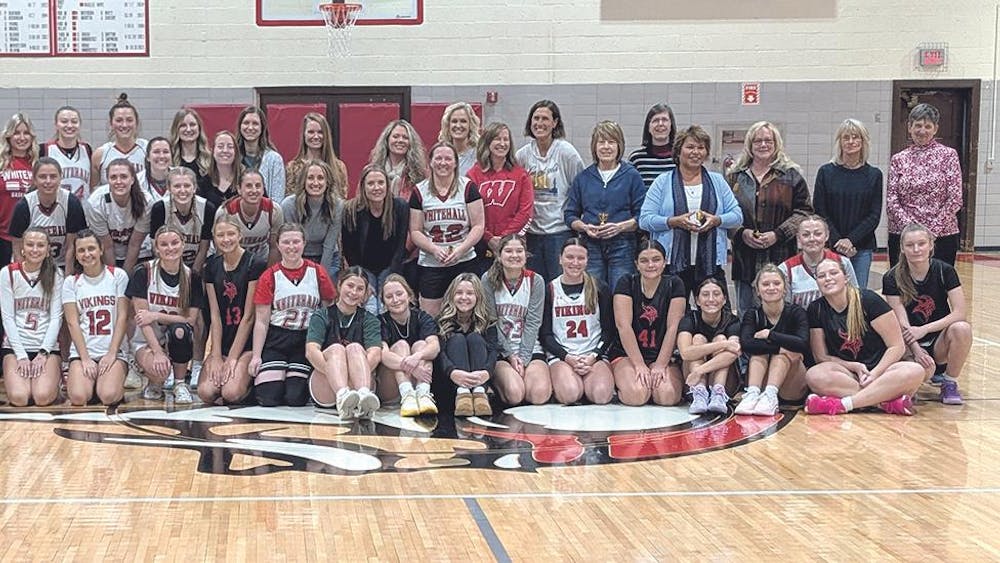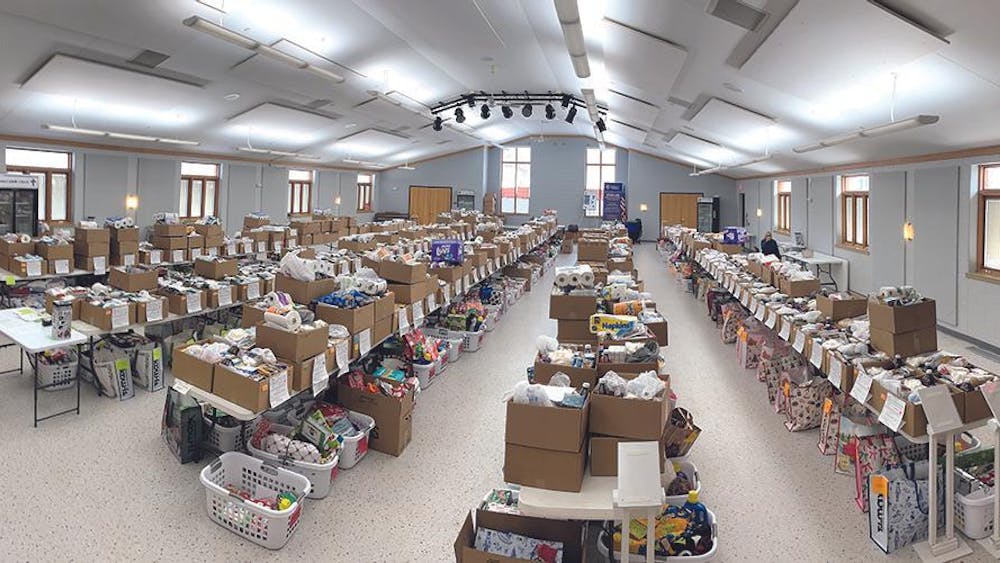White Lake area residents will have the opportunity to envision what the restoration of the Sadony Bayou in White River Township will look like and to determine the impact its flow of improved water will have as it empties near the channel into Lake Michigan, thanks to a $10,000 grant.
The White Lake Community Fund, a grant-making committee of the Community Foundation for Muskegon County, made the award to the Chemours Environmental Impact Committee (CEIC) through the Muskegon County Environmental Coordinating Council.
The project’s main thrust will be to stage a trio of open-to-the-public “visioning” sessions at which the participants will share memories of the bayou’s halcyon days, identify issues that need to be addressed, and conceive of the potential that the bayou has and might look like in the years to come.
The first of these will take place July 10 from 5-7 p.m. at the White Lake Community Library, with the second and third on tap for September and December. Each will have a limited number of participants. To register for the initial July session, email CEIC at makeitrightchemours@gmail.com.
One of the moderators for each session will be Rebecca Marquardt, owner of Revery, a landscape architecture design studio with ecological restoration influence. Marquardt will help to harvest the community perspectives and identify conceptual land uses and recreational options. Along with graphic designer Spencer High of Quercus Creative, they will act like courtroom sketch artists, producing graphics on the spot, and translate the visioning ideas into a series of illustrations and designs to inform the next steps towards restoration. The final product, a “Sadony Bayou Restoration Vision Plan,” will be shared with participants and the larger community.
The goal, says project manager Marty Holtgren of Encompass Socio-ecological Consulting, is to use “community values, scientific data, and engineering options” as components for a plan for a permitted, funded restoration of the bayou – to get it back to more of a former time when the bayou was healthy and functioning.
CEIC, a citizens group whose members hail from around the lake, was organized in 2018 out of concern about the environmental impact of the former DuPont chemical-manufacturing plant at its site in White River Township and on the adjacent Pierson Creek that ebbs into the bayou. It is CEIC’s belief this has contributed to the degradation of its recreational value, loss of flora and fauna attributes, and diminished natural beauty, along with other factors including the buildup of sediment, increasing water temperature, nutrient seepage and each summer’s algae growth.
The White Lake Community Fund grant will complement the objectives of a $36,711 grant from the Michigan Department of Environment, Great Lakes and Energy (EGLE) to the Muskegon Conservation District on behalf of CEIC. The EGLE grant is a building block to future major funding that will ultimately restore the bayou and its tributary into White Lake. The EGLE project, now underway, will pinpoint the water quality’s physical and chemical conditions, while also determining the hydraulic and biological needs for restoration. The two complementary projects will help guide engineering and design plans.
All interested persons – including community members, native plant aficionados, water resource specialists, public planners – are encouraged to participate in all three sessions, but may join any one session. Memories about the bayou from longtime residents of the area, who can recall when one could canoe the bayou and catch Michigan’s finest game fish until the 1960s, will be especially desired during the first session.
Thanks to the grant, there will be no cost to participants, although registration is required for each of the three sessions because light snacks will be part of the format for participants and space is limited. CEIC members are exploring the option of Zoom access for out-of-town participants, provided that they can assure that those joining remotely will be able to be heard and to hear all speakers in the meeting room.
Participants will be invited to describe what they believe are the issues that need to be addressed to recreate a vibrant bayou, such as water quality, fish and wildlife habitat, navigability, public access, and recreational uses. It is recommended that they personally visit the bayou across from the Old Channel Inn to see its current status.
“The restoration visioning for Sadony Bayou will be a synergistic project that engages the community in guiding how it will be restored in a manner that is sustainable, and meets the needs of the human and non-human residents of the area,” Holtgren said.
He sees the process as the next level of environmental restoration.
“Too often in ecological restoration, the needs and wishes of the impacted stakeholders are not considered,” Holtgren said. “The outcomes are purely driven by best-management practices for the technical aspects of engineering and design plans.
“By engaging White Lake-area residents, the restoration will be ‘theirs,’ where their perspectives are gathered in a meaningful way and help drive the process. It should be a source of pride because they played a part in its recovery and its return to again being among the rich inventory of natural resources available in this part of Michigan.”













